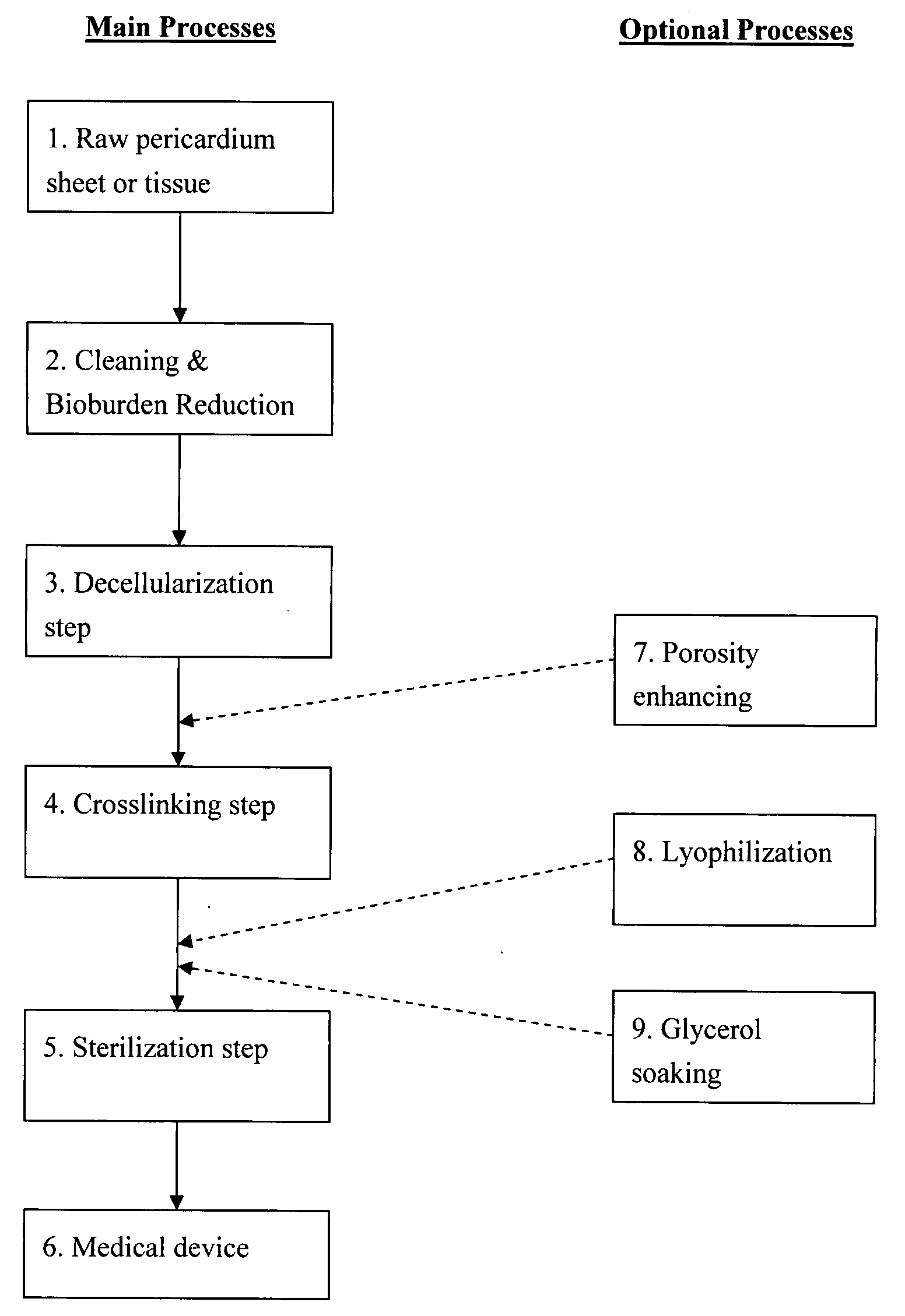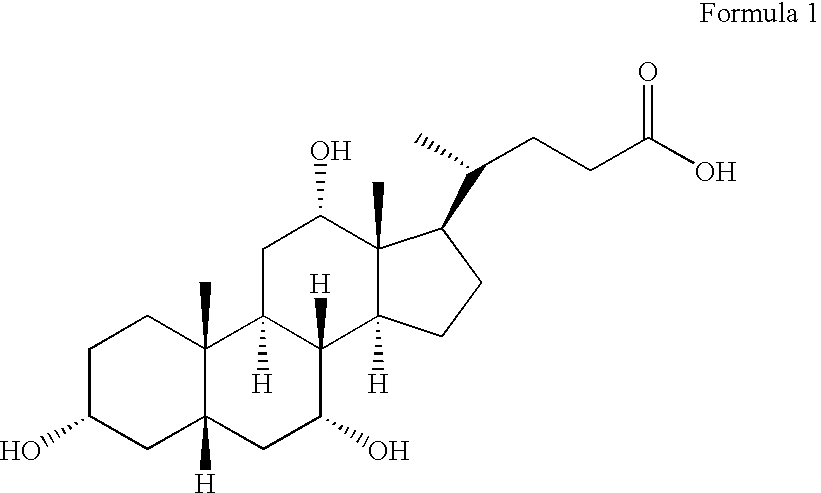Decellularized pericardial tissue
a pericardial tissue and pericardium technology, applied in the field of decellularized pericardial tissue, can solve the problems of easy degradation of collagenase, low tensile strength, knee instability, etc., and achieve the effects of reducing immunogenicity, reducing enzymatic degradation, and reducing antigenicity
- Summary
- Abstract
- Description
- Claims
- Application Information
AI Technical Summary
Benefits of technology
Problems solved by technology
Method used
Image
Examples
Embodiment Construction
[0024]The following detailed description is of the best presently contemplated modes of carrying out the invention. This description is not to be taken in a limiting sense, but is made merely for the purpose of illustrating general principles of embodiments of the invention.
[0025]“Tissue engineering” or “tissue regeneration” is meant to refer to cell seeding, cell ingrowth and cell proliferation in the decellularized scaffold or collagen matrix devoid of cellular material in vivo or in vitro. Sometimes tissue engineering is enhanced with an angiogenesis factor.
[0026]A “tissue material” refers to a biomedical material of biological tissue origin that might be decellularized and crosslinked to form a medical device. A tissue sheet, such as a pericardial sheet, is in a sub-group of tissue material (including sheet form and non-sheet form).
[0027]An “implant” refers to a medical device which is inserted into, or grafted onto, bodily tissue to remain for a period of time, such as an exten...
PUM
 Login to View More
Login to View More Abstract
Description
Claims
Application Information
 Login to View More
Login to View More - R&D
- Intellectual Property
- Life Sciences
- Materials
- Tech Scout
- Unparalleled Data Quality
- Higher Quality Content
- 60% Fewer Hallucinations
Browse by: Latest US Patents, China's latest patents, Technical Efficacy Thesaurus, Application Domain, Technology Topic, Popular Technical Reports.
© 2025 PatSnap. All rights reserved.Legal|Privacy policy|Modern Slavery Act Transparency Statement|Sitemap|About US| Contact US: help@patsnap.com



